Why does National Geographic imply that the long-lost tomb of Alexander the Great is almost certainly going to be found underneath the Shallalat Gardens in Alexandria, Egypt? That’s the ongoing promo, premise and promise of The Lost Tomb of Alexander the Great airing on Nat Geo TV.
Finding Alexander’s elusive remains will definitely be an historically important and dramatic discovery, but there is still considerable controversy, debate and disagreement about the possible location of what, if anything, is left of the iconic Greek hero. There have been over 140 officially sanctioned but unsuccessful excavations seeking Alexander’s tomb in Egypt and a program that Nat Geo TV aired in 2011 concluded that Alexander was buried in Venice, Italy.
The Idiot and the Odyssey III: Twenty Years Walking the Mediterranean, after citing a variety of historical texts and conducting an exclusive interview with The Oracle at the Temple of Ammon, posited that Alexander’s body was transferred from Alexandria to the Siwa Oasis, in Egypt’s Western Desert near the border with Libya, well before a tsunami buried the important Mediterranean seaside city in 356 A.D. The Idiot was hardly the first person to place Alexander in Siwa and a seven-year investigation was conducted there by Liana Souvaltiz, a Greek archeologist.
Does anyone really know where Alexander the Great is currently entombed? Does National Geographic know something that we don’t? Or is this just a lure to tantalize viewing audiences?
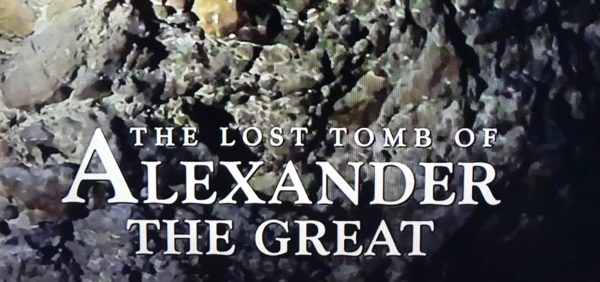
Why is National Geographic Channel, aka Nat Geo TV, so seemingly certain that the tomb of Alexander the Great is in a “subterranean city of the dead” under the Shallalat Gardens in Alexandria, Egypt?
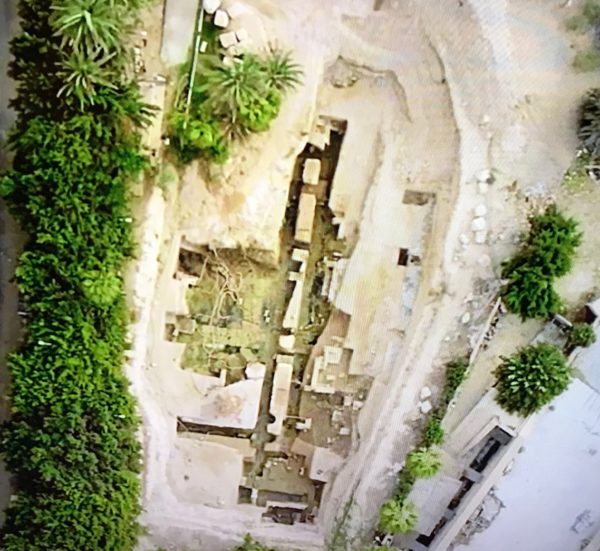
National Geographic helps finance the dig in Alexandria, Egypt, and hypes it on Nat Geo TV and in a variety of articles. A program that Nat Geo aired in 2011 claimed Alexander the Great is buried in Venice.

The recent discovery of a marble statue of Alexander the Great under the Shallalat Gardens is cited in The Lost Tomb of Alexander the Great as a probable indication that the tomb of Alexander is also there.
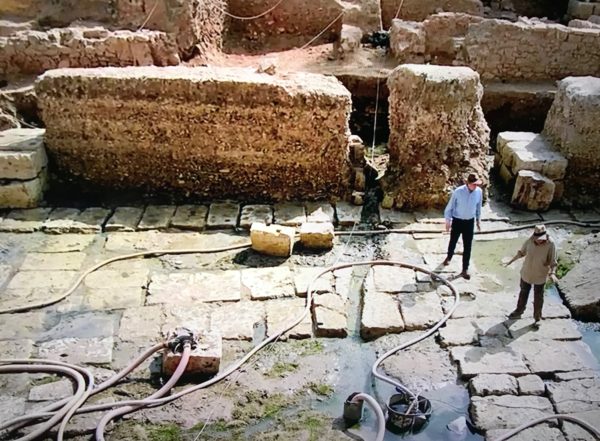
Archeologists investigate the excavation in the Shallalat Gardens in The Lost Tomb of Alexander the Great on Nat Geo TV.

Anyone watching The Lost Tomb of Alexander the Great would be excused for thinking that Alexander’s remains will almost certainly be found, perhaps even tomorrow, under the Shallalat Gardens. A program that Nat Geo TV aired in 2011 claimed Alexander was buried in Venice.

Calliope Limneos-Papakosta, who directs the Hellenic Research Institute of the Alexandrian Civilization, is in charge of the excavation in the Shallalat Gardens. She says the “possibilities are in my favor” to discover the tomb.
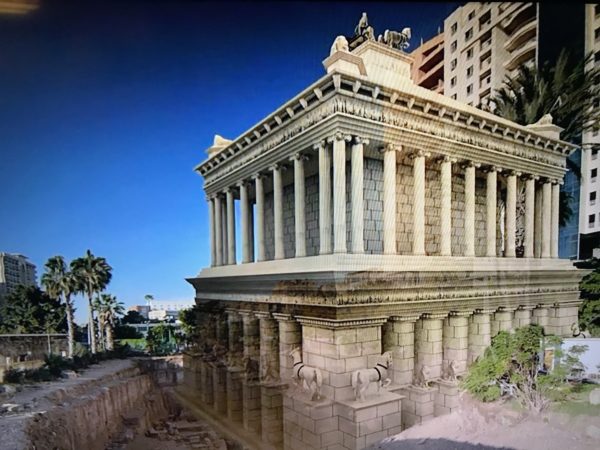
The most interesting aspect of Nat Geo TV’s The Lost Tomb of Alexander the Great program is an image of this conjectured Hellenic building superimposed on contemporary Alexandria.
Specifics about Alexander the Great’s military campaign, his consultation with The Oracle at the Temple of Ammon, his death in Babylon, the return of his body to various sites in Egypt and The Idiot’s quest to find the tomb’s current location are sprinkled throughout the 471 pages of The Idiot and the Odyssey III: Twenty Years Walking the Mediterranean, which was published last September. Alexander’s wish to be buried there (after all, The Oracle had declared that he was the son of a god) was described by historians and writers that include Callisthenes, Aristobulus, Ptolemy, Diodorus and Plutarch.

The Idiot and Alexander the Great outside the Library of Alexandria in Egypt.
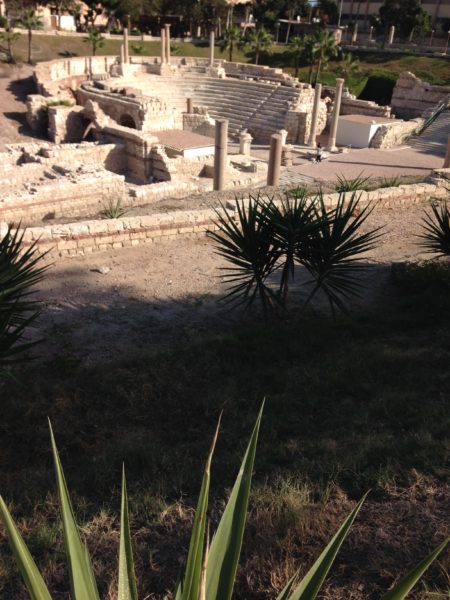
The Idiot walked everywhere in Alexandria, Egypt, looking for, and obtaining information about, the tomb of Alexander the Great.
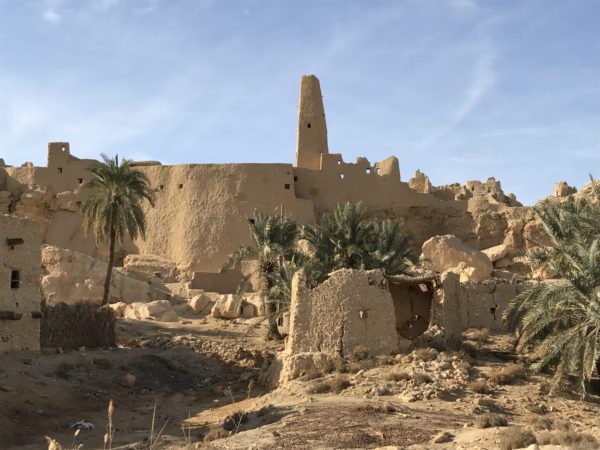
Like Alexander the Great, The Idiot travelled to the Siwa Oasis in Egypt’s Western Desert and, like Alexander the Great, he visited the Temple of Ammon and consulted The Oracle.
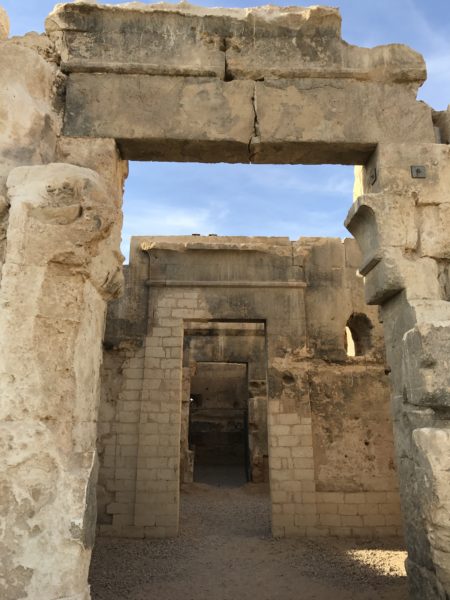
Like Alexander the Great, The Idiot received some valuable information after meeting with The Oracle of Siwa that included clues to the current location of the tomb of Alexander the Great.
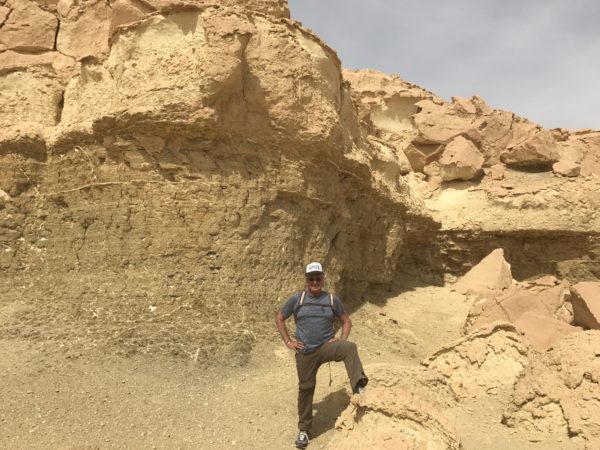
Prior to his meeting with The Oracle, The Idiot walked everywhere in the Siwa Oasis looking for, and obtaining information about, the tomb of Alexander the Great.
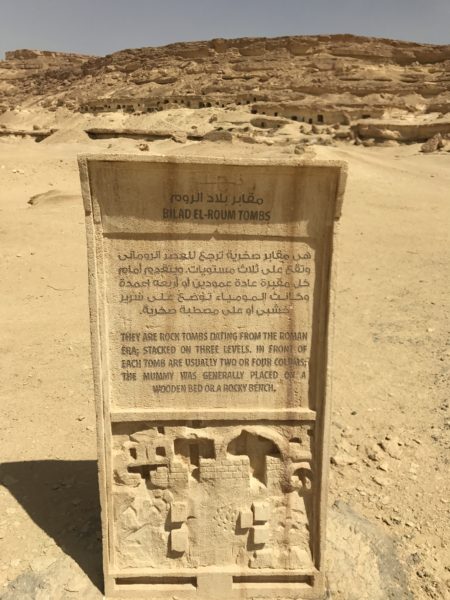
The Idiot visited burial sites throughout the Siwa Oasis while searching for the tomb of Alexander the Great.
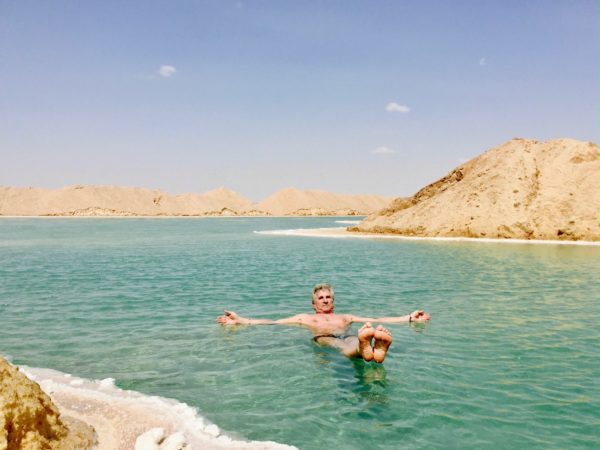
The Idiot looked for the tomb of Alexander the Great above, on and under water in Siwa.
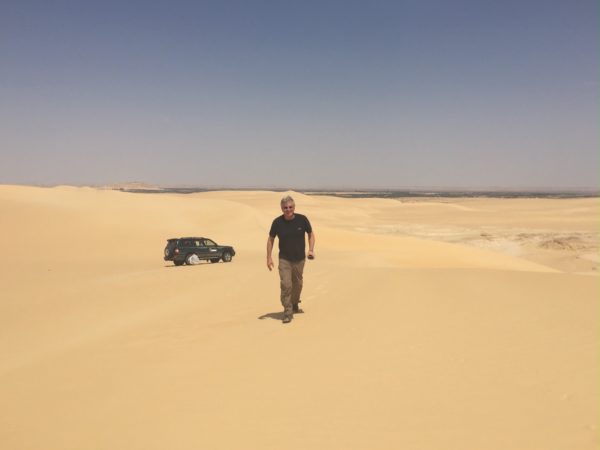
The Idiot looked for the tomb of Alexander the Great in the Western Desert surrounding the Siwa Oasis.
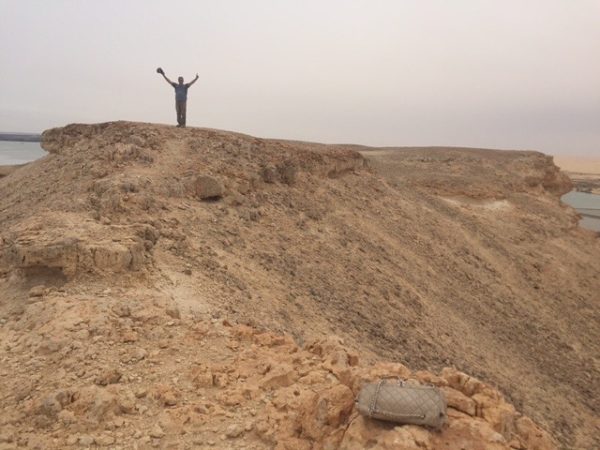
The Idiot believes that, following instructions given to him by The Oracle, he has located the lost tomb of Alexander the Great.
Want to find out more about Alexander the Great’s possible whereabouts?
Read The Idiot and the Odyssey III: Twenty Years Walking the Mediterranean and take a look at Nat Geo TV’s The Lost Tomb of Alexander the Great.

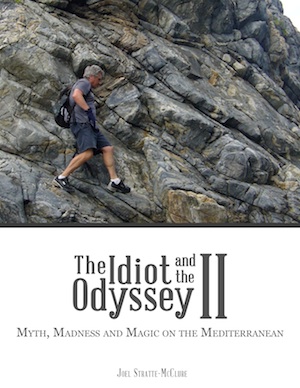


 Follow
Follow